Sergei Prokofiev – Symphony No.1 ‘Classical’
Sergei Prokofiev – Symphony No.1 ‘Classical’
Prokofiev’s “Classical Symphony” looks both backwards and forwards; backwards to the classical model of Haydnesque orchestration and form, and forward to a new musical genre: neo-classicism.
The Classical model places great importance on proper courtly manners, symetrical and logically layed-out proportions, and clear contrasts. Classical symphonies are differentied with their smaller orchestrations and shorter durations when compared with their Romantic counterparts.
Prokofiev – Symphony No.1 ‘Classical’
As Prokofiev explained in his memoirs: “It seemed to me that if Haydn had lived into our age, he would have preserved his own way of composing and, at the same time, absorbed something from the new music. That was the kind of symphony I wanted to write: a symphony in the classical style.”
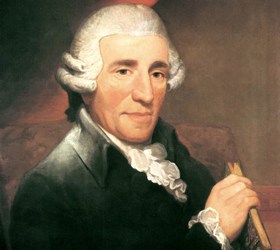
Joseph Haydn
The contemporary historical circumstances during which the symphony was composed; 1917 was also the year of the Bolshevik Revolution. It is somewhat surprising that Prokofiev could fashion such a carefree score at a time when his native Russia was convulsed by war and revolution. But as he himself later admitted, Prokofiev was oblivious to the historic events of 1917. The antique gaiety and charm of the “Classical” Symphony recall a happier, more innocent time.
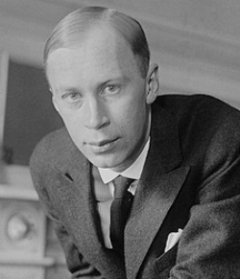
Sergei Prokofiev
The First Symphony is especially intriguing in light of the view of Prokofiev as a leading figure of the Russian avant-garde in the early decades of the twentieth century. The work's anachronistic "Classical" moniker seems particularly apt in respect to a number of its features.
The symphony is in a familiar four-movement form:
I. Allegro II. Intermezzo. Larghetto III. Gavotte. Non troppo allegro IV. Finale. Molto vivace
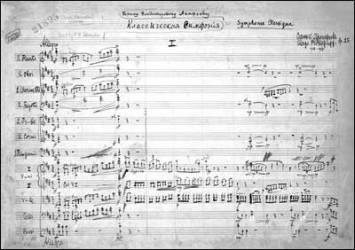
1st Symphony, authograph
Its scoring appropriate to an orchestra of the late eighteenth or early nineteenth century (2 flutes, 2 oboes, 2 clarinets, 2 bassoons, 2 horns, 2 trumpets, timpani and strings) and it is of a decidely lighthearted, even humorous character, much in the spirit of the symphonies of Haydn.
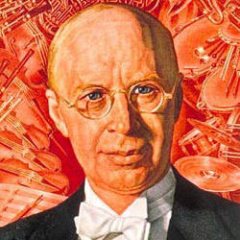
Sergei Prokofiev
The symphony can be considered to be one of the first neoclassical compositions. Prokofiev uses harmonic progressions that would be highly unlikely in the 18th century, and the technical instrumental difficulty level (intentional or not) would also never be found in a Haydn symphony.
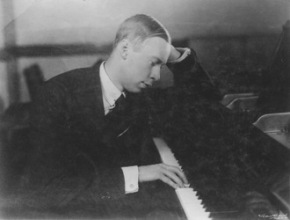
Sergei Prokofiev
Prokofiev was probably aware that his symphony would never pass for Haydn. The “neo-” in “neoclassicsm” comes through a lot in this symphony, which gives it a unique sound. It is likely that even if Prokofiev tried his best to sound like Haydn, he was too genuine of an artist to completely shed his own personal style. And at 26 years of age, he probably still lacked the compositional techinique to sound like Haydn.

Sergei Prokofiev
All that being said, the symphony is still enjoyable without knowing any of this fascinating history—it is full of charm, passion, virtuosity, and energy.
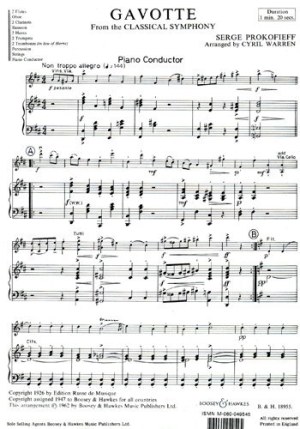
Gavotte from Classical Symphony
Last Updated (Sunday, 15 March 2015 21:10)








